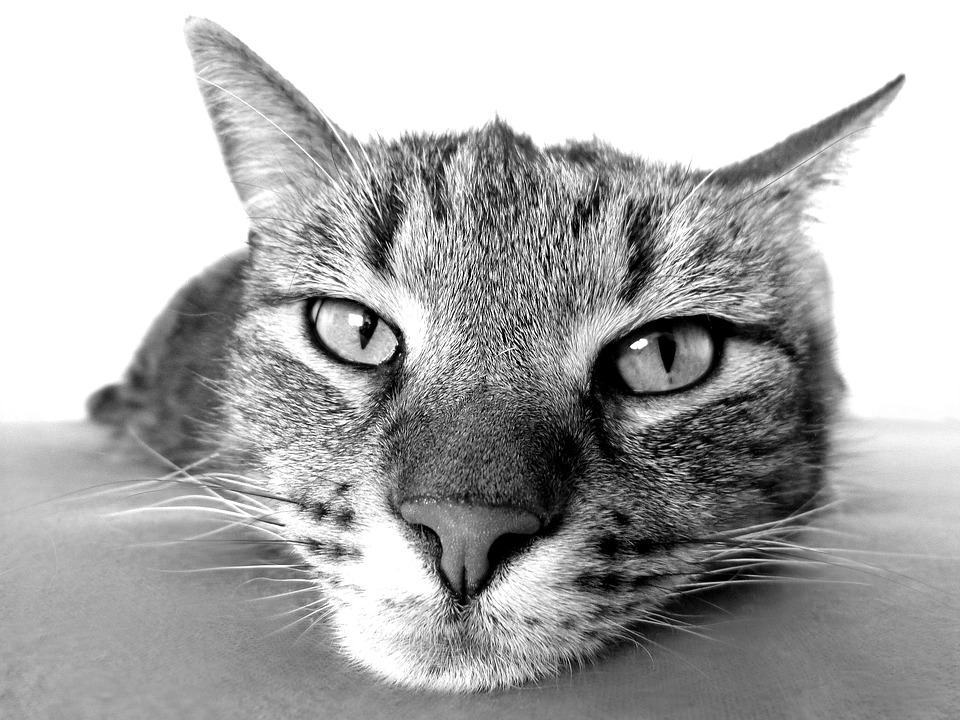Understanding why cats purr is a fascinating topic that has intrigued cat lovers for centuries. While purring is commonly associated with contentment, there is much more to this behavior than meets the eye. In this article, we will delve into the secrets behind why cats purr, exploring the various reasons behind this endearing feline habit and shedding light on its significance in deciphering their behavior.
The physiology of purring is a complex process that involves the vibrating larynx of a cat. When a cat purrs, the muscles in its larynx vibrate, creating the familiar sound. The frequency and intensity of purring can vary among cats, with some producing louder and more frequent purrs than others.
Neural signaling also plays a role in purring. Purring is controlled by the autonomic nervous system, which regulates involuntary bodily functions. The brainstem, in particular, plays a crucial role in initiating and controlling the purring behavior.
Purring is not only a physiological process but also serves as a means of emotional expression for cats. Cats often purr when they are content and relaxed, such as when being petted or during sleep. This behavior is believed to be a way for cats to communicate their satisfaction and well-being to their owners.
Purring also plays a role in bonding and social interaction among cats. Mother cats often purr to communicate with their kittens, creating a sense of security and comfort. In multi-cat households, cats may purr as a way to establish harmonious relationships with their feline companions.
Interestingly, purring has been found to have healing properties. The low-frequency vibrations produced during purring have been linked to promoting bone density and aiding in the healing process. Purring is also a self-soothing mechanism for cats, helping them cope with pain or discomfort and reducing stress and anxiety.
Purring is not only a form of self-expression and healing but also serves as a means of communication. Cats may purr to seek attention, whether it be for food or playtime. Purring can also captivate human attention, as the sound is often associated with contentment and can be comforting to hear.
Furthermore, purring is a sign of trust in cats. They may purr during veterinary examinations, indicating their comfort and trust in their caregivers. Purring can also be a display of comfort in various situations, helping cats feel safe and secure.
To address some frequently asked questions, not all cats have the ability to purr, and some breeds may exhibit variations in purring intensity or frequency. Cats can indeed purr when they are in pain or experiencing discomfort, as purring serves as a self-soothing mechanism for them. While purring is commonly associated with contentment, cats may also purr when they are scared or anxious as a way to self-soothe and alleviate stress. Additionally, research suggests that purring can have health benefits for cats, such as promoting bone density, reducing stress, and aiding in healing processes. Although humans cannot naturally produce the same purring sound as cats, some individuals practice techniques to create a similar vibration using their vocal cords or by resonating their vocal tract.
In conclusion, cats’ purring behavior is a complex and multifaceted aspect of feline communication. While it is often associated with contentment, the reasons behind why cats purr go beyond simple happiness. From emotional expression to healing and communication, purring serves as a vital tool for cats to navigate their world and connect with their human companions. By understanding the secrets behind why cats purr, we can deepen our bond with these fascinating creatures and provide them with the care they need.








